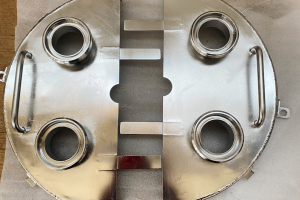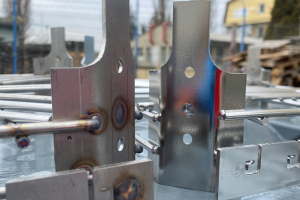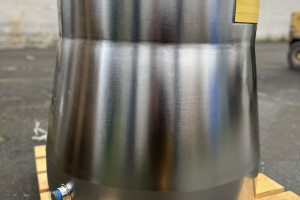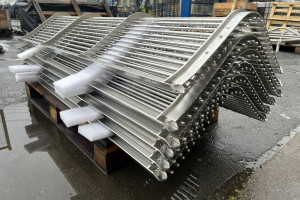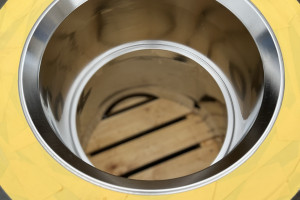ELEKTROLYTIC POLISHING
Electrolytic polishing is an inverted galvanic process. Exposure to direct current in the electrolyte (a high conductivity solution) separates the material from the surface of the polished part. The electrolytically polished component consists of a positively charged pole (anode) and the cathode represents a negatively charged pole which complements this electric cell. When the current is switched on, the metal on the surface of the anode dissolves and turns into the electrolyte. Material removal is determined by the appropriate electrolyte, current density and polishing duration.
In contrast to the mechanical treatment of metal surfaces, electrolytic polishing offers a number of advantages. Electrolytic polishing can achieve the following functional properties:
Smooth and shiny surfaces, micro-smoothing
- High resistance to corrosion
- Optimal cleanability
- Particle-free surface and heat resistance
- Significantly less prone to the formation of deposits
- Less friction and less wear
Technological tank for electrochemical polishing - 1 200 x 1 200 x 6 000 mm
Bridge crane – 2,2 t




